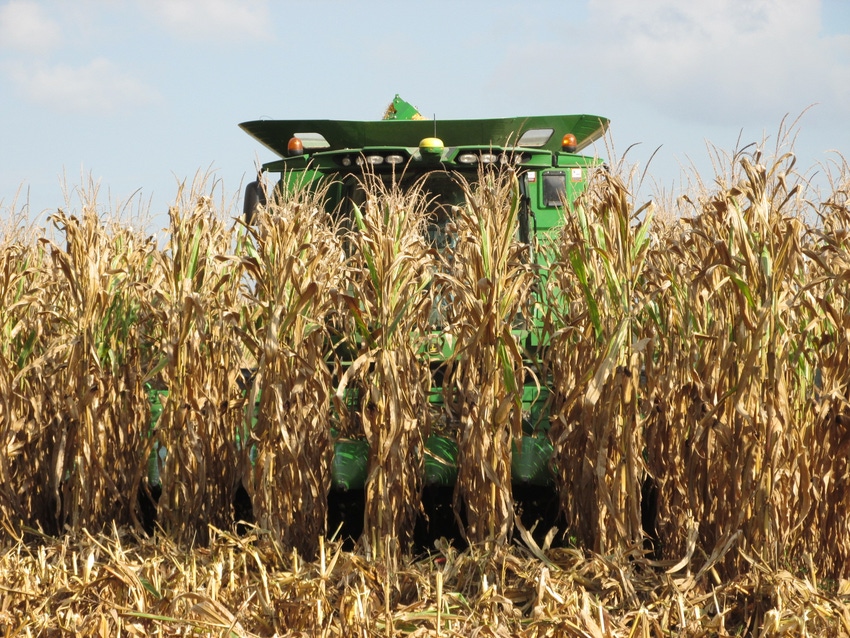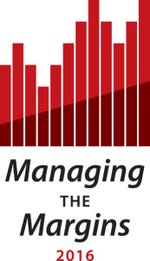
When the “I-States” have a large production problem like the 2012 drought, the futures market responds with higher commodity prices. A drought in Kentucky or the Southeast will not garner the same price response.The Midwest also has lower yield risk and lower insurance premiums than any area outside of the core production region.
April 13, 2016

The regional differences between the Midwest and Southern agriculture are striking.
One of the common phrases uttered during the 2014 Farm Bill development process was that a “one-size-fits-all” farm program would not work for the diversity of crops and production regions in this country.

Todd Davis
Todd DavisAs a result, the bill included a revenue-based program that was theorized to work better for corn and soybeans and a price-risk based program that was designed to work best for rice, peanuts and perhaps wheat. Cotton was only eligible for a new crop insurance program due to trade-agreements with Brazil.
Consider that Midwest crop production (Iowa / Illinois) benefits from a natural hedge between production and price. When the “I-States” have a large production problem like the 2012 drought, this futures market responds with higher commodity prices. A drought in Kentucky or the Southeast will not garner the same price response from the futures market unless the “I-States” also are included in the same drought. This means that regional droughts and below-average production may be coupled with below-average prices.

This article is part of the “Managing the Margins: 2016” Southeast Farm Press series providing information and strategies to manage the financial risks associated with farming in the Southeast. Click to see more articles in the series.
This article is part of the “Managing the Margins: 2016” Southeast Farm Press series providing information and strategies to manage the financial risks associated with farming in the Southeast. Click to see more articles in the series.The Midwest also has lower yield risk and lower insurance premiums than any area outside of the core production region. Midwest farmers use trend-adjusted yield protection to continue to increase the APH coverage for their crops. Still, an indemnity may not be triggered most years, resulting in a low-cost actuarially fair insurance product. The yield risk in the South is much greater and indemnities are triggered more frequently. Hence, the actuarially fair crop insurance premium in the South is larger than the Midwest at a lower APH protection level.
The increase of the biofuel industry throughout the Midwest coupled with the established livestock industry has changed basis patterns throughout the major production regions. Prior to the biofuel boom, many areas in the Midwest that were grain surplus had a much wider basis at harvest than other regions of the country including the Southeast. This increase in local use of corn has strengthened basis patterns even at harvest providing better pricing and profitability opportunities than before the biofuel boom.
The Southeast, being a grain-deficit and soybean-meal-deficit region, tends to benefit from a strengthening and appreciating basis much sooner after harvest, rewarding those that have the capacity to store grain on-farm in good quality condition. Understanding basis seasonality and knowing your local basis is important in finding pricing opportunities after harvest.
The other major difference in farming and risk between the two regions is reflected in land values. The Midwest with soils with larger yield potential and with lower yield variability has seen greater appreciation in land values and an opportunity for landowners to build equity. The lower yield potential and greater yield risk reduces land value appreciation in the South and limits the opportunity to build equity as in the Midwest. The ability to build and maintain equity is part of your business’s war chest for future business success.
(Todd Davis is an Assistant Extension Professor of Crop Economics Marketing and Management with the University of Kentucky. He can be reached at [email protected].)
You May Also Like



